Peony Adolphe Rousseau
Some peonies from the lacto-flowering group are worth highlighting. For example, the Adolph Russo variety delights many with its bright velvety inflorescences and a specific aroma. He may well become your favorite because he is charming in bouquets. Are you interested? Then get to know this plant better.
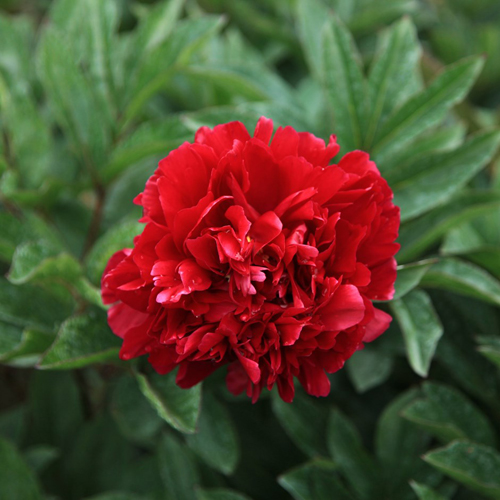
History of creation and description of the variety
Adolphe Rousseau is a pink peony that appeared in the late 19th century. This variety was created in 1890 in France. Its originator is Desert & Mechin.
A herbaceous perennial of an early flowering period pleases the eye with its compact size (width and height up to 1 meter); decorative dark green with an admixture of red foliage, which persists on the bush until the very autumn frosts; strong, erect stems. But the greatest attractiveness is given to it by luxurious flowers: large (up to 15 cm in diameter), semi-double, fluffy, having a fiery red with cherry tint color and charming golden stamens hidden between numerous petals. In adult plants, the doubleness of beautiful flowers is much more pronounced. The aroma of the flowers is pleasant, but not too intense. Each stem of a decorative perennial is decorated with 2-3 or more flowers.
The flowering phase of Adolphe Russo lasts from May to the end of July. During this period, the French handsome man looks incredibly festive and elegant. The noble plant is distinguished by high frost resistance, without being damaged when the temperature drops to -37-40 ° C. It tolerates drought well, does not suffer from gray rot, but is much more susceptible to other diseases. The peony can fall prey to insects such as aphids and ants. The flowers do not fade in the sun, do not decay or rot under the influence of prolonged and heavy rains.
Features of agricultural technology
Our hero grows well in the sunny and semi-shady sector of the site. The shade does not suit him, since the lack of a large amount of light does not allow the variety to bloom, or leads to the development of defective flowers on the bush. The plant needs protection from drafts. It should not be planted in a lowland, where groundwater is too close to the surface of the soil - this will provoke rotting of the roots of the culture.
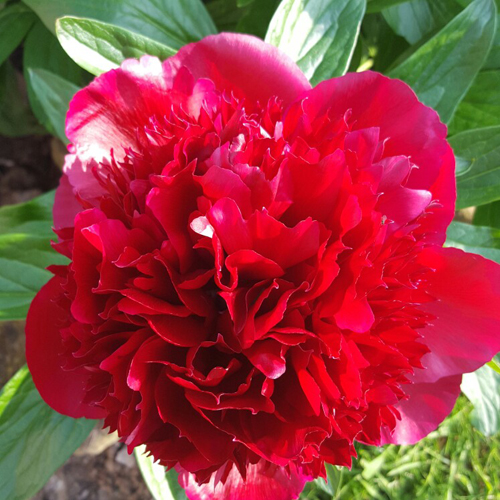
The soil for the beautiful Frenchman is selected loose, nutritious, moderately moist. It must include sand and humus. It is unacceptable to use acidic soil for growing Adolphe Rousseau. Overconsolidation of the soil under the bush should also be avoided. The culture is planted in a hole 60 * 60 cm in size. The pit is prepared a month before the upcoming planting. A layer of small pebbles is laid at the bottom of the hole to prevent further stagnation of moisture during irrigation and rain. Be sure to apply mineral fertilizers to the pit. Covering the seedling with earth, make sure that the peony buds are 3-5 cm below the soil level. If the planting of the plant is too low or high, Adolph Russo will refuse to please you with lush, red inflorescences with golden blotches.
Water the culture regularly, 1-2 times a week. A day after watering, it is advisable to loosen the soil under the bush and then fill the area of the trunk circle with mulch. Also, the variety shows periodic feeding and weeding. Throughout the entire flowering period, it is required to pluck dry leaves and faded buds from the shrub. It is not necessary to cover the plant for the winter. The main thing is to cut off the shoots shortly, cover the crop with soil and, if desired, cover it with mulch. It is important to spray the perennial with a solution of fungicide and insecticide several times per season in order to prevent the occurrence of pests and diseases.
Use cases
The owner of rich golden cherry inflorescences looks beautiful against the background of the lawn, both in group and in single plantings. In order to emphasize the Adolphe Russo variety in mixed compositions, it is combined with sage, bells, decorative white onions, bearded irises of contrasting shades, yellow lilies, honeysuckle.The plant is suitable for decorating mixborders, for planting in flower beds and ordinary classic flower beds. The bushes of this peony can be placed on the sides of garden paths in the company of crocuses, daffodils, tulips, galanthuses and net irises. Petunia, godetia, zinnia, astilba, as well as low-growing conifers: juniper, pine, spruce, fir, thuja, boxwood will become successful companions for our hero. Against the background of the decorative foliage of an already faded plant in the autumn period, chrysanthemums and asters will look great. Adolphe Rousseau is ideal for placement in pionariums, by the gazebo, along the fence, near the front of the house. But do not forget that there must be enough space around the French handsome man, otherwise it will be problematic to look after him. In addition, the excessive proximity of other plants to the peony will have a detrimental effect on its growth and development. The spectacular flowers of the old variety are good for cutting.
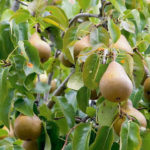
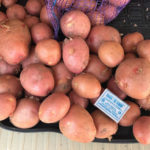

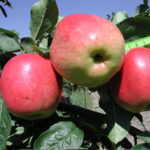
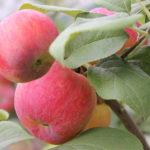
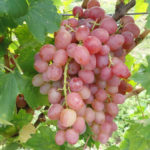



Having accidentally stumbled upon information about this variety of peony, I wrote it out through one of the sites. I was attracted by its color, unusualness. Does it look like a carnation? In our area, there are frosts down to minus 35, we have already survived two winters normally.